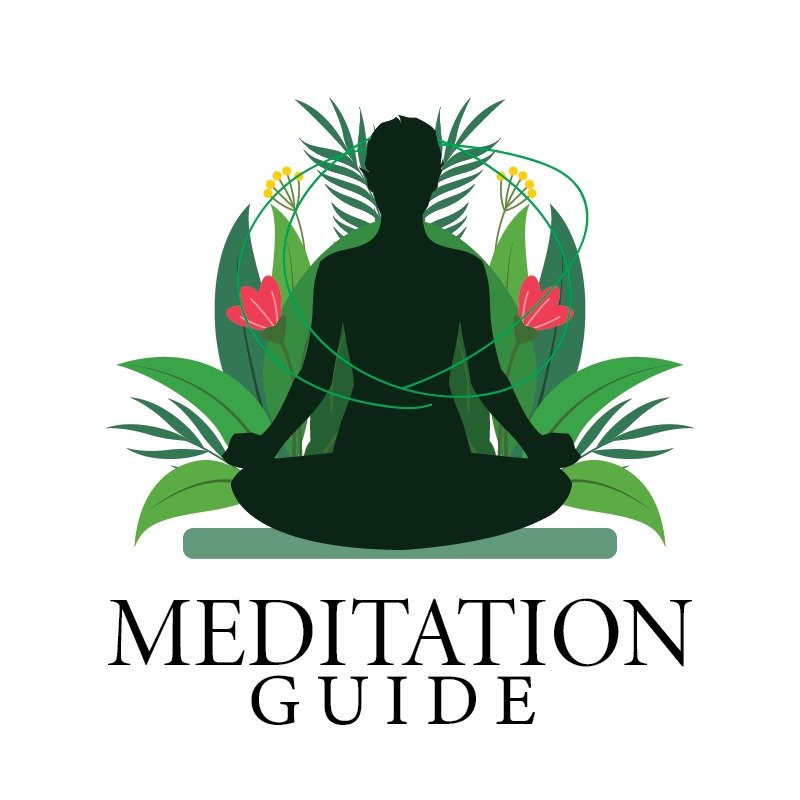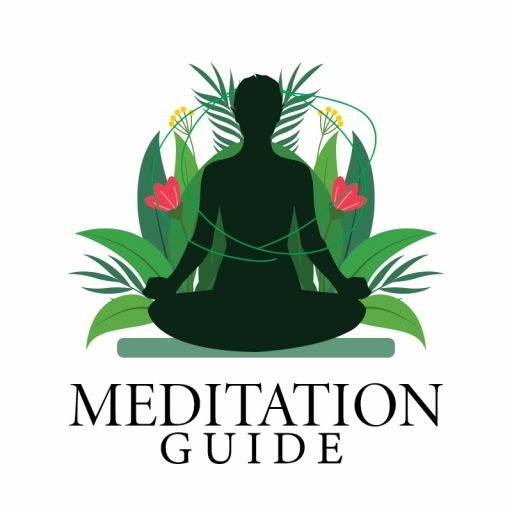
Anxiety and stress are things we all experience. They’re a normal part of life. However, such a thing as too much anxiety and too much stress can lead to other problems, like insomnia or even an eating disorder.
Meditation is one way people deal with high levels of stress or anxiety that don’t seem to go away. It works because it provides the opportunity for your brain to take a break from the worries you may be experiencing in order to achieve relaxation.
With this blog, we will share some tips on how meditation can be used for both anxiety and stress.
Meditation for anxiety and stress can be very helpful to deal with everyday life issues. The main key to successful meditation is to accept what happens in your body. You may feel tingling, pulsating, or tightness, but it is important to remain calm. You should not follow the thoughts that are racing through your mind. Instead, observe the sensations that come from your body. Try to feel all of them.
There are many benefits to using meditation for anxiety and stress. Practicing mindfulness and calming your mind will allow you to make better decisions. Practicing meditation regularly can help you feel more relaxed and focused.
You should try to meditate regularly to improve your health and well-being. There are different forms of meditation, but these are the most effective. You can find a method that best suits your needs and lifestyle. You can also try guided meditation.
The common helpful practice of meditation for anxiety & stress
The most common form of meditation for anxiety and stress is seated meditation. However, this practice requires you to lose yourself and become aware of the sensations you are experiencing. When you’re doing this, you can open yourself up to the feelings and emotions that are causing the problem.
The practice of mindfulness meditation is a great way to deal with underlying issues, such as fear, anger, and sadness. The best part of practicing meditation for anxiety and stressful situations is that you can do it whenever you want.
Another type of meditation is a yoga posture. You should sit in a relaxed position and allow your body to release tension. Afterward, you should sit up and stretch your spine. In the next step, you should let your body release all the tension. This way, you’ll be able to relax and de-stress. Then, you extend your arms and legs. After this, you should breathe deeply and slowly.
A regular meditation routine can make you feel relaxed. You can practice yoga or do unstructured meditation. If you’re a beginner, you may want to start by doing it with a partner. It’s best to consult a health care professional before starting any meditation. During the yoga class, you can try a guided mediation. If you don’t feel comfortable with meditating, ask for a friend or family member.
You can try meditation for anxiety and stress before and after a long day. The goal is to relax the body and mind. The body needs relaxation to function properly. A yoga class will help you focus on your thoughts. If you’re not able to focus, you can try meditation to relieve anxiety. A guided meditation will help you relax your body and calm your mind. When you start, you should be sure to set a schedule for yourself.
How Do You Meditate For Anxiety?
The first thing to do when you are experiencing anxiety is to meditate. Try to keep your eyes closed and focus on your breathing. This can help you become curious about your thoughts and feelings. While you may have difficulty doing this in silence, you can use guided imagery meditation. You can also try silent meditation, but this is a more difficult method. If you find that you are not able to do it alone, then you can try guided imagery mediation.
Another way to meditate for anxiety is to recall a stressful situation. Try counting your breaths. Start counting to four and notice how you feel in your body. As you breathe in and out, try focusing on your breathing without judgment. Once you’ve reached four, you can try to count to five. Repeat this process. Eventually, you will feel relaxed and calm. This will help you to deal with your anxiety.
If you have a busy schedule, it’s best to sit in a relaxed posture and observe your thoughts. Then, focus your attention on your physical sensations, and your mind. Do not try to imagine different scenarios in your mind. Instead, just allow yourself to observe your thoughts and feelings and try to stay present at the moment. After a while, you’ll notice that your anxiety will lessen.
When you’re trying to meditate for anxiety, it’s important to find the right way to meditate for anxiety. If you can’t do this, you should consider a mental health care provider. He will be able to help you choose the best technique for your condition. So, how do you meditate for anxiety? You can do it anywhere in the world, whether you’re in a quiet room or in the city.
Meditation Side Effect for Anxiety
Studies show that the practice has many benefits, but too much of it can cause negative side effects. Some studies have found that meditating can increase anxiety symptoms, but they don’t record any side effects. The benefits of meditating include the ability to quiet the mind and refocus on the present. The studies indicate that the practice can improve attention span, and improve brain functions. It can also be beneficial for overall psychological well-being.
Meditation can have positive effects on the brain. It has been shown to improve concentration and reduce ruminative and irrational thought patterns. Most people can benefit from a meditation practice, but not everyone. It’s important to find a meditation app that suits your needs. If it doesn’t, it is likely too difficult for you. In addition, you’ll probably have to try a few other apps first.
The main drawback of meditation is that it can trigger traumatic memories, and it can cause paranoia. Although these are small side effects, these effects can be significant. While meditation may not be a cause of anxiety, it can help you calm your mind and prevent panic attacks. Aside from calming the mind, it can also help you deal with PTSD and mental health issues. In this way, it’s beneficial for people with PTSD and panic attacks.







